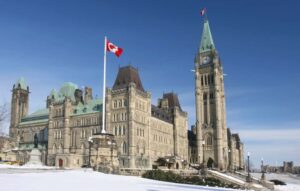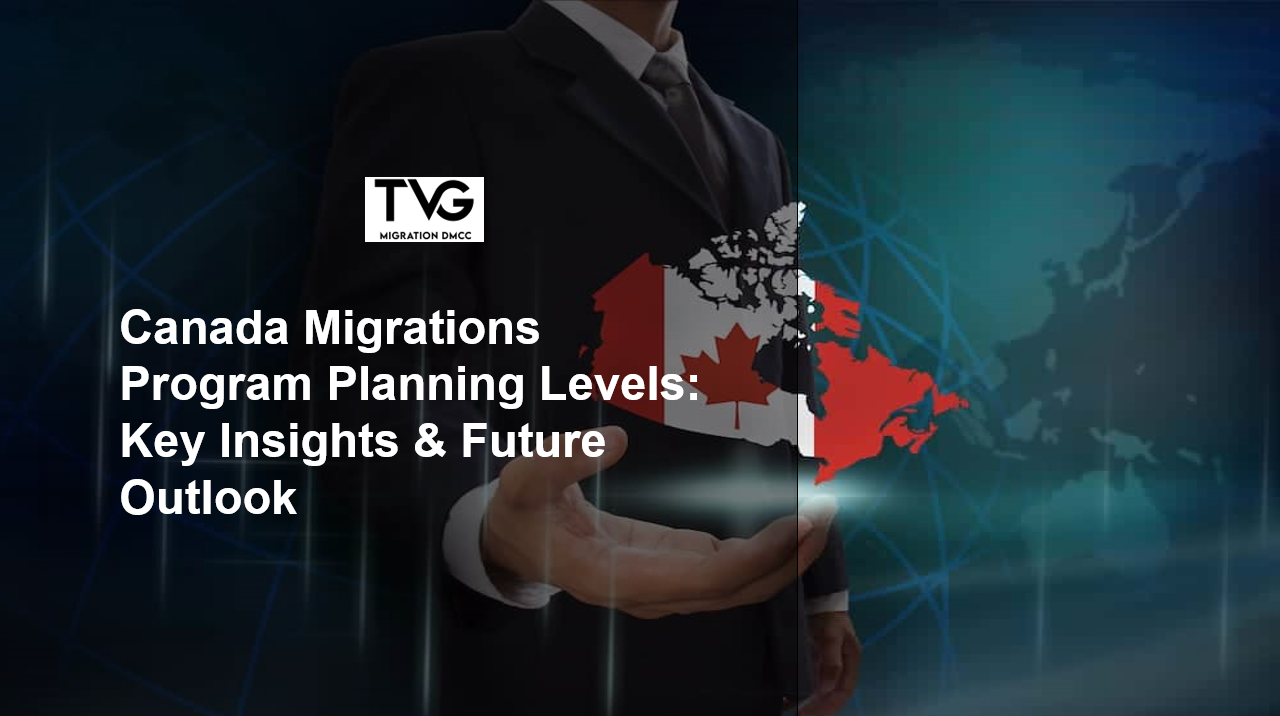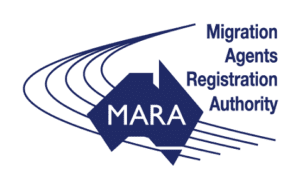Based on the current target, the government has announced Canada Migration plan 2024 – 2026. Based on Canada immigration news, the country aims to invite 485,000 more immigrants in 2024. Moreover, for the year 2025 and 2026 Canada aims to welcome 500,000 immigrants each year. The targets for the year 2024 to 2026 are similar to the previous years. However, the latest updates target the year 2026 to invite more immigrants which is a strong move towards the economy of the country. Canada will keep accepting immigrants who provide the skills necessary for our economy to expand. The multi-year level plan prioritizes bringing in skilled laborers who will boost Canada’s economy while acknowledging the value of family reunification and providing refugee resettlement assistance to the world’s most vulnerable people.

Canada Immigration Pilot Program
Canada Immigration Pilot Program are short-term initiatives created to meet certain labour needs in Canada. These initiatives seek to draw in experts, business owners, and skilled laborers who can advance the nation’s economy. For people and their families, immigration pilot programs are frequently a great way to establish a permanent home in Canada.
- The typical period of a pilot program is three to five years. Successful pilot programs, however, might be expanded upon or converted into ongoing initiatives.
- The majority of pilot programs give applicants the option to immigrate together by allowing them to include their dependent children and spouse or common-law partner in their application.
- The length of the application process varies based on the pilot program and the applicant’s situation. But most applications are supposed to be processed by the Canadian government in between six months and two years. Here’s more information about how long it takes to process immigration to Canada
Canada Immigration Levels Plan
According to Immigration, Refugees and Citizenship Canada (IRCC) has released new immigration plans which use its guidelines for operations. The following table summarizes the target for the Immigration plans between 2024-2026.
|
Immigration Class |
2024 | 2025 |
2026 |
|
Economic |
281,135 |
301,250 | 301,250 |
| Family | 114,000 | 118,000 |
118,000 |
|
Refugee |
76,115 | 72,750 | 72,750 |
| Humanitarian | 13,750 | 8,000 |
8,000 |
| Total | 485,000 | 500,000 |
500,000 |
Why is Canada looking for Immigrants?
Canada boasts one of the lowest birth rates in the world along with one of the oldest populations worldwide. Fiscal and economic pressures result from this. Canada’s natural population growth rate is modest, which translates into low rates of labor force expansion and economic growth. Canada finds it challenging to raise the taxes required to fund social expenditure on services like health care, education, and other vital sectors that contribute to the high standard of life in the nation. This is because the country is experiencing low economic growth.
Since 1988, Canada has consistently received more than 200,000 immigrants annually. It has made the decision to raise its levels to well over 400,000 annually in recent years. Currently, the immigration rate to Canada is close to 1.2%.
Key Insights of Canada Migration Program Planning Levels
It is necessary to understand that the key insights of Canada Migration Program Planning Levels include three major components including, Economic Class, Family Reunification Commitment and Humanitarian and Compassionate Efforts.
Under the Economic Class the following pathways to citizenships and pr move have been defined including,
- Express Entry Program
- Provincial Nominee Program
- Atlantic Immigration Program
- Rural and Northern Immigration
According to the government of Canada, the family class has been allocated 20 – 30% of the total immigration target including, spouse, partners, parents, children and grandchildren.It is a longstanding custom in Canada to welcome refugees and provide aid to those in need. Significant funding for refugees and protected individuals is included in the 2023–2025 plan, demonstrating Canada’s dedication to humanitarian causes.
Conclusion
The foundation of Canada’s immigration policy is the planning levels for its migration programs, which strike a balance between demographic, economic, and humanitarian objectives. The government intends to encourage economic growth, manage demographic challenges, and keep humanitarian commitments by establishing strategic targets for various immigrant categories. To ensure that Canada can draw and keep the best talent while upholding strong social cohesion and economic stability, future policies will need to be adaptable and responsive.









Leave a Reply